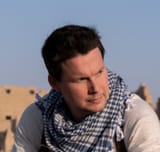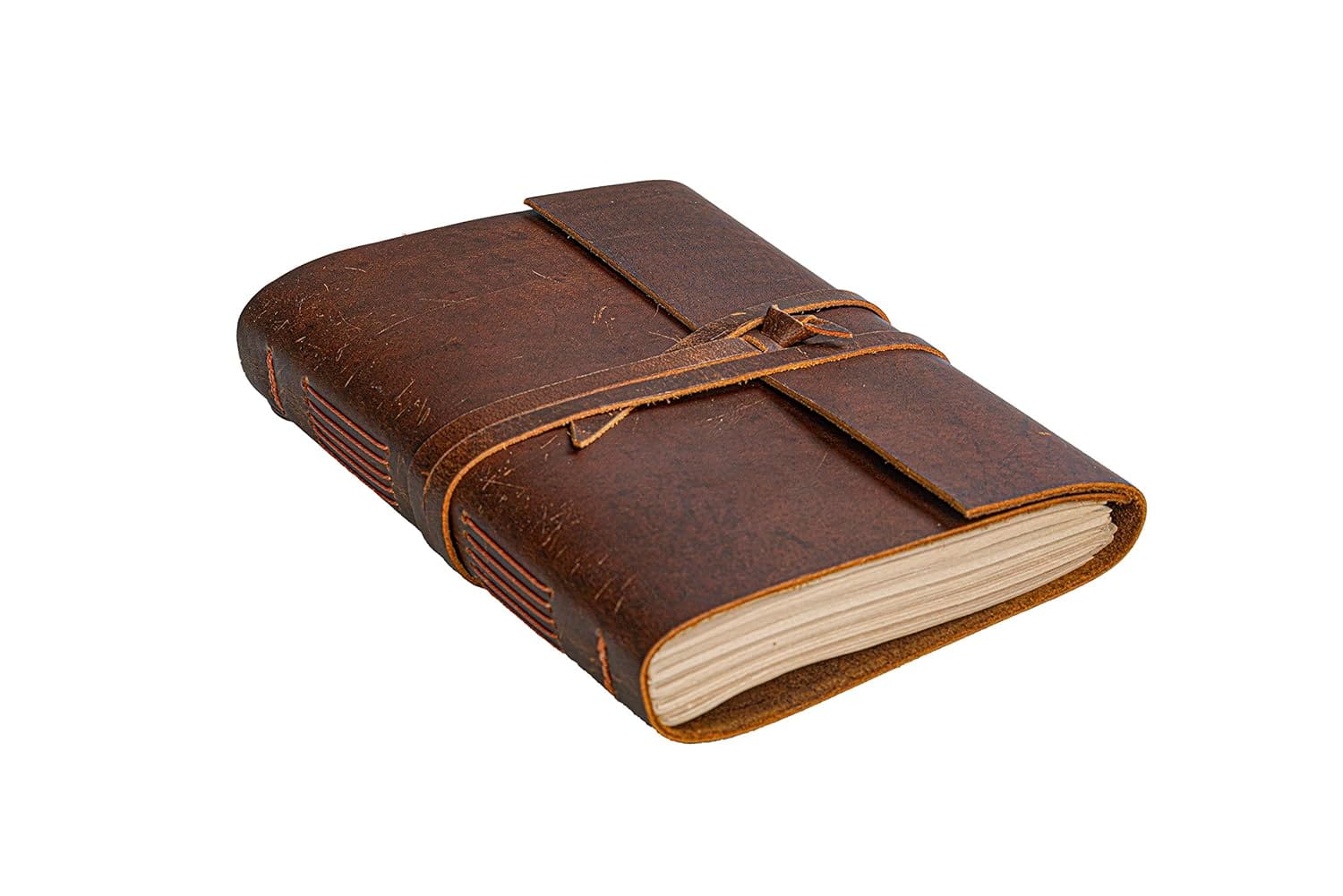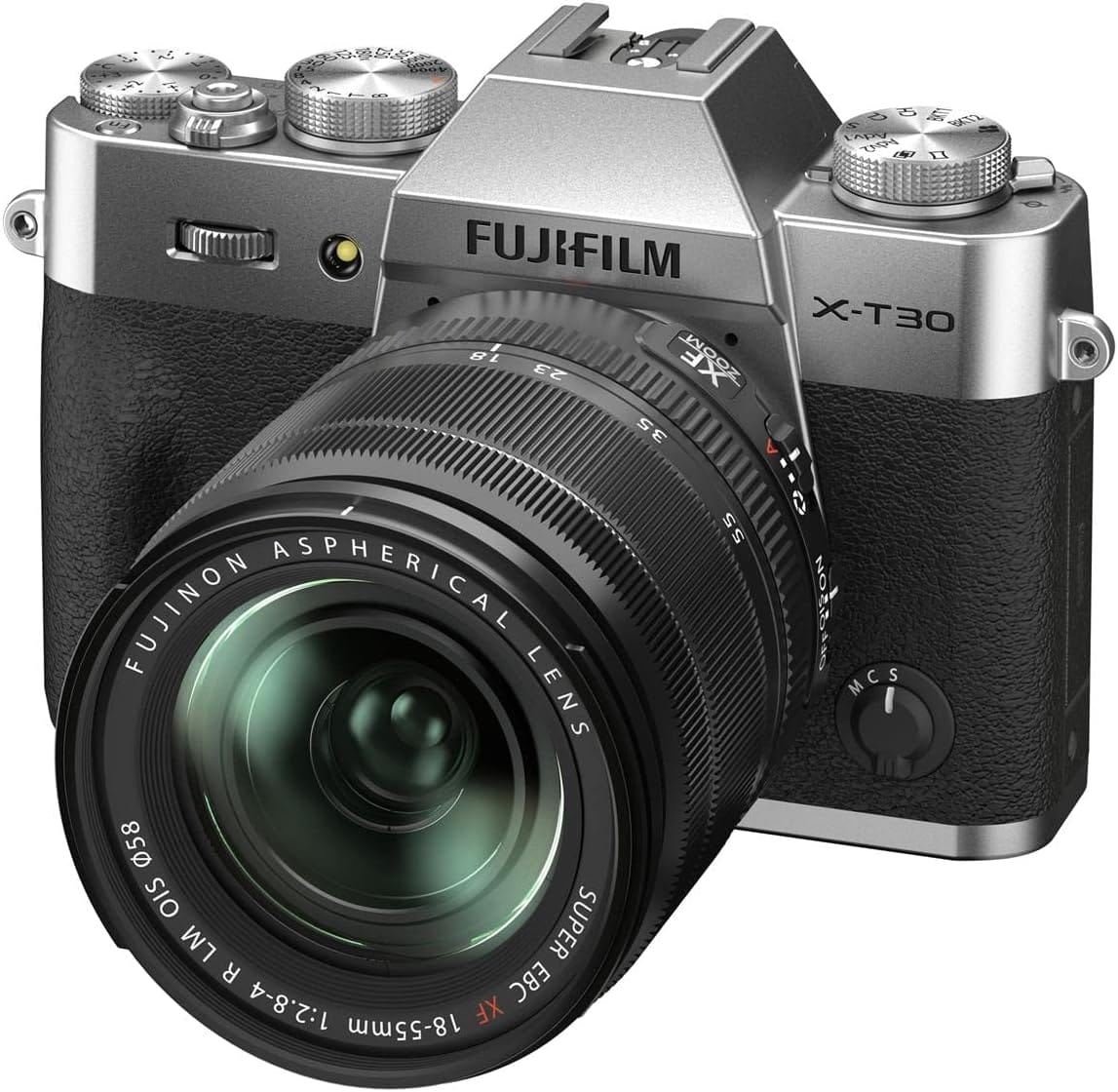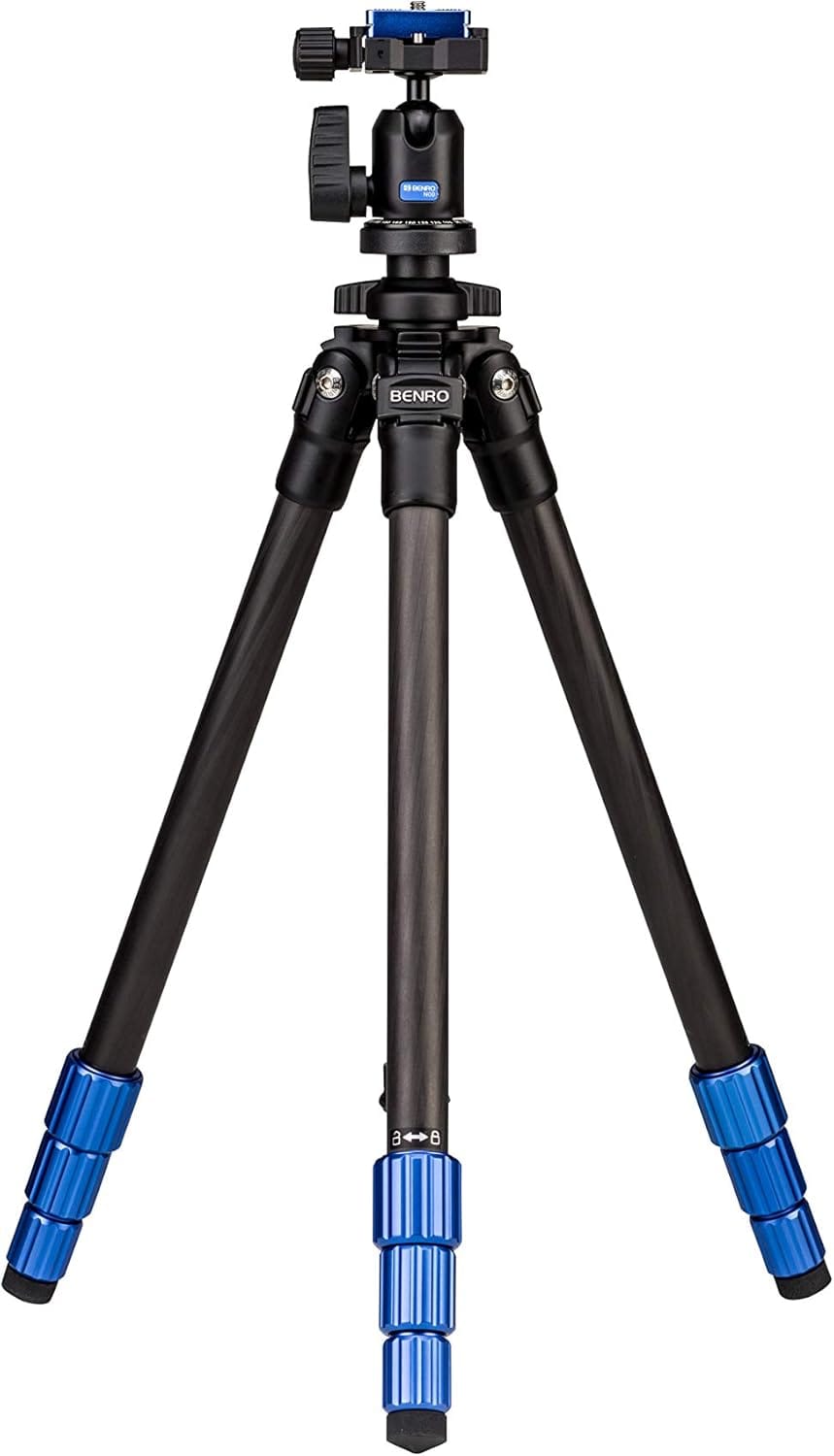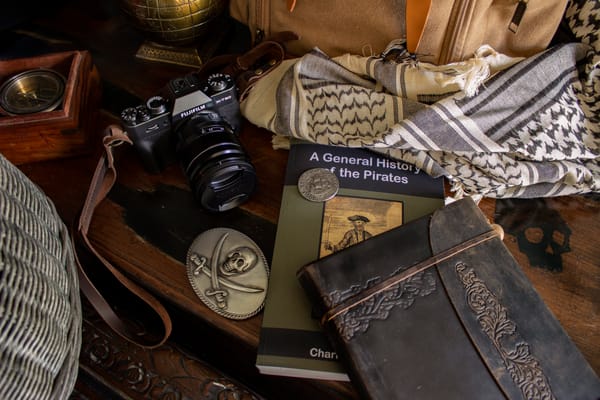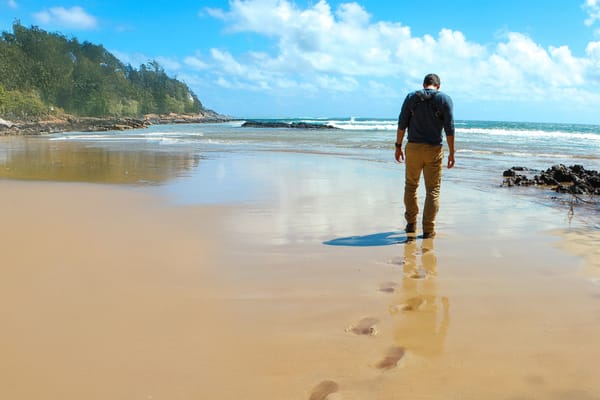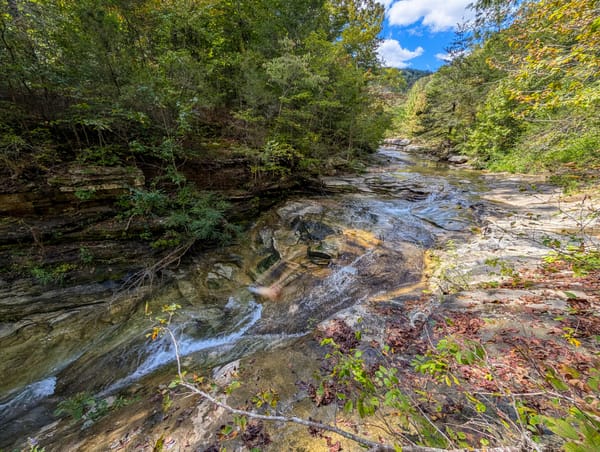The Differences between Documenting as an Explorer vs Documenting as a Journalist
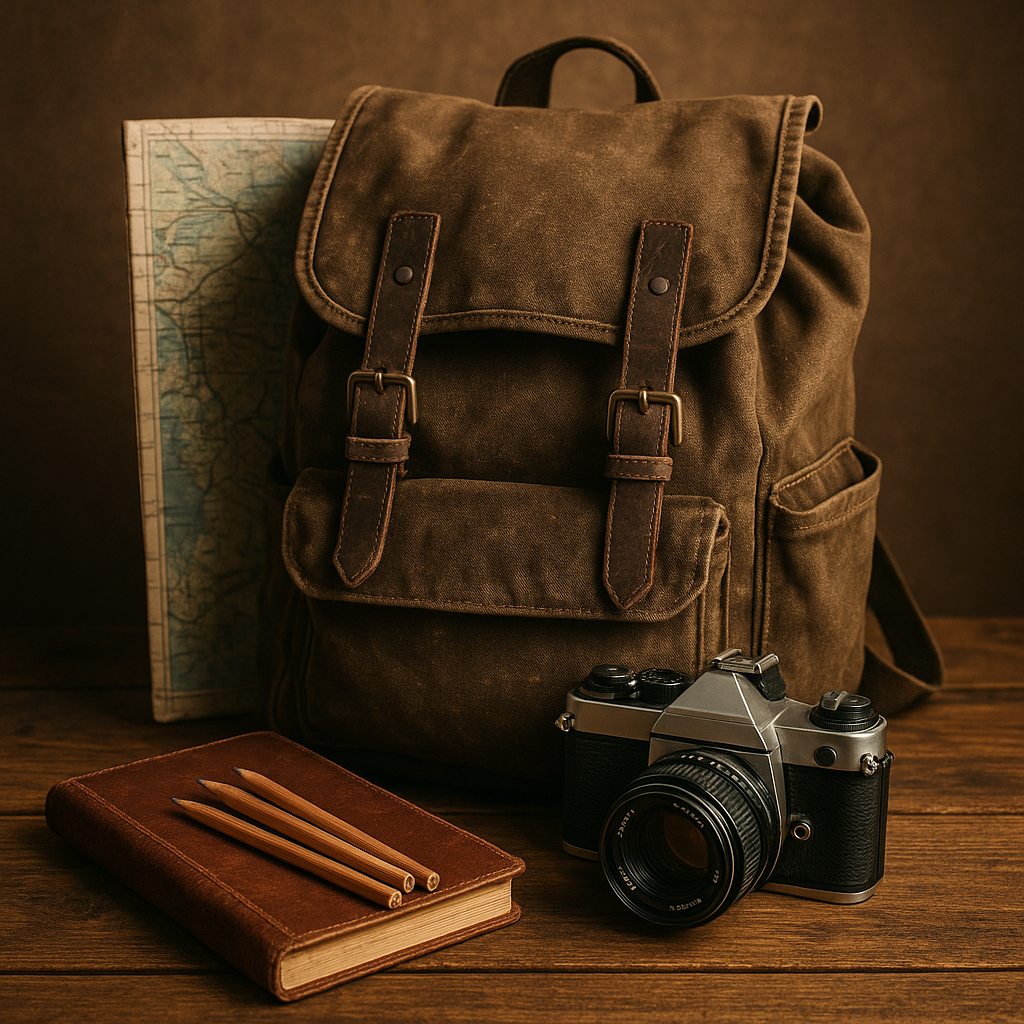
I have made a career of documenting, and a large part of that has been through video. While I prefer more classic mediums to work in, what I often run into are people who don't really understand the different focuses within that field. For example, I am well-versed in documentary films, which doesn’t mean I am skilled in the world of fiction.
Recently, I have run into situations where people assume I am an investigative journalist, which I am not. To the layman, I understand the confusion. I do investigate mysteries, treasure, history, and even the unexplainable, but the process and intent are very different.
Young people starting their careers often reach out to me asking how I got into this field, and they express that they are interested in doing the same. And while there is unfortunately no Exploration course available in post-secondary school, I explain that there are fields like Lidar surveying, antiquity dealing, archeology, or documenting that run a similar path. So, for the sake of clarification, let’s look at 10 ways documenting as an explorer differs from journalism.
1. Purpose
- Explorer: Primarily a personal or thematic narrative that captures experiences, reflections, and discoveries. It often focuses on the emotional, sensory, and philosophical aspects of exploration.
- Journalist: Aims to inform the public by reporting facts in a timely, objective, and verifiable manner, often focusing on newsworthiness.
2. Tone and Voice
- Explorer: Typically first-person, introspective, and descriptive. The writer is both narrator and participant.
- Journalist: Usually third-person (or a more detached first-person if opinion-based), emphasizing neutrality, clarity, and professionalism.
3. Structure
- Explorer: Looser structure. It may include diary-style entries, sketches, maps, and nonlinear storytelling.
- Journalist: Follows structured formats like the inverted pyramid (most important info first) or a feature story format with leads, quotes, and a clear arc.
4. Fact vs. Experience
- Explorer: Values subjective experience, personal insights, and the mystery or romance of the unknown.
- Journalist: Prioritizes objective facts, verified sources, and a balanced viewpoint.
5. Audience Expectation
- Explorer: Readers expect personal stories, wonder, and immersion into a place, time, or mindset.
- Journalist: Readers expect accuracy, relevance, and clarity, a service that helps them understand the world or current events.
6. Ethics and Standards
- Explorer: May bend timelines, dramatize feelings, or romanticize locales.
- Journalist: Held to ethical standards such as fairness and accountability.
7. Investigative Techniques
- Explorer: Investigation is often experiential and immersive; the writer explores places firsthand, interacts with locals, and follows hunches or legends. Relies on Historical accounts and unstructured research, like oral histories or folklore. Discovery is part of the narrative.
- Journalist: Investigation is methodical and evidence-based. It includes interviews, fact-checking, document analysis, and cross-referencing sources. Follows ethical standards for verifying claims and protecting sources. Often aiming to uncover wrongdoing or explain complex issues.
8. Political Focus
- Explorer: Tends to be apolitical or subtly reflective. If political themes arise, they’re often filtered through personal insight, historical curiosity, or ethical pondering. The focus is more on human experience, culture, and the implications of a place or event, rather than policy or power structures.
- Journalist: Can be explicitly political, especially in investigative reporting or opinion pieces. Frequently addresses power dynamics, policy, social justice, and accountability, often aiming to influence public discourse or prompt action.
9. Documenting Mediums Used
- Explorer: Often relies on handwritten notes, sketches, maps, and photographs to capture the environment and personal reflections. Can include field journals, audio recordings of thoughts, or even collections of artifacts like pressed plants or small mementos. The medium is typically informal and adaptable, prioritizing personal memory and sensory detail over polished presentation.
- Journalist: Utilizes a variety of professional tools such as audio/video recorders, notebooks/laptops for typed notes, and increasingly, digital platforms for real-time reporting. Documentation is often standardized for accuracy. The medium must support fact verification, source attribution, and public dissemination, often adhering to editorial guidelines.
10. Personal Gear
- Explorer: Often carries field-ready gear: sturdy notebooks, weatherproof pens, compass, maps, camera, sketching tools, GPS device, and possibly lightweight camping or survival equipment depending on the terrain. Prioritizes mobility, durability, and tools that aid observation, reflection, or navigation. May include artistic or archival tools like watercolor sets, sample jars, or audio recorders for capturing voice notes and observations.
- Journalist: Equipped with recording devices, smartphone or camera, laptop or tablet, power banks, press credentials, and sometimes legal pads or shorthand notebooks. Depending on the assignment, may also include protective gear (in conflict zones), scanner apps, or access to encrypted communication tools for source protection.
Summary: Who Excels at Each?
- Explorer: Best suited for introspective storytellers, curious wanderers, and those who find meaning in the journey as much as the destination. They thrive in ambiguity, value emotional and sensory depth, and are drawn to the mystique of discovery, often blurring the line between observation and imagination.
- Journalist: Ideal for analytical thinkers, fact-driven communicators, and those with a strong sense of public duty. They excel in research, verification, and clarity, and are motivated by a desire to inform, expose, or explain, often with a keen eye on truth, impact, and accountability.
Which one are you?
This is my personal go to Leather Bound journal for pencil sketch's and written journal entries.
The Fuji X-T30 paired with the XF18-55mm lens is my camera and lens combination of choice. This small camera takes great photos and has many analogue control features, keeping you out of endless digital sub-menus while in the field.
I personally use the Benro Carbon Fiber Tripod for my travel photography.

